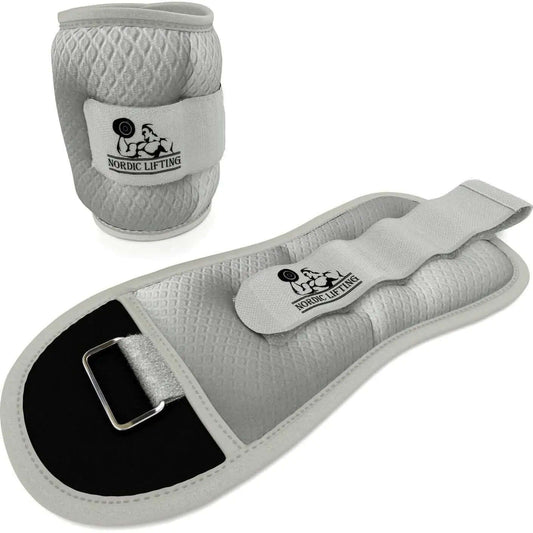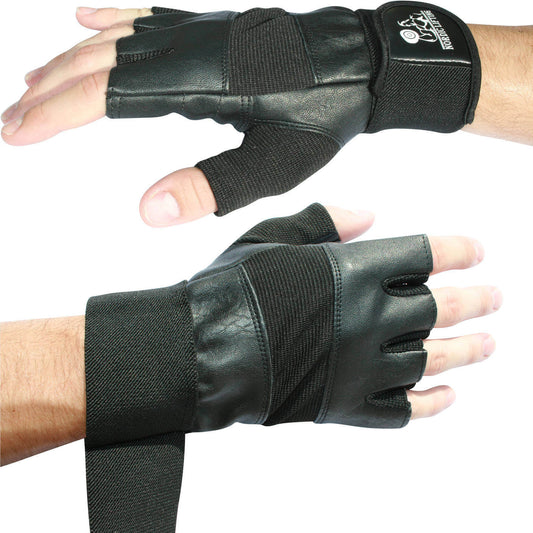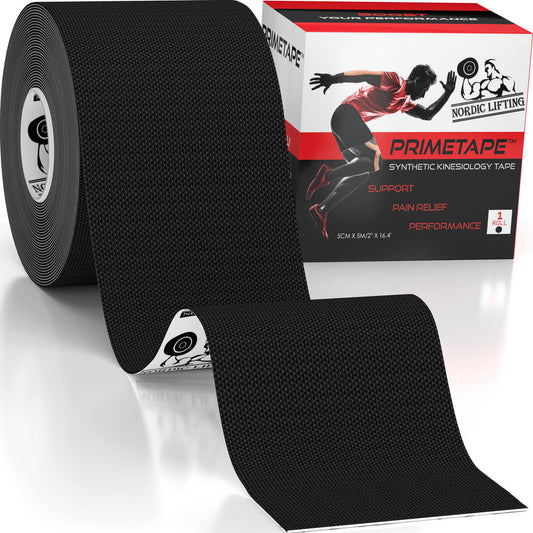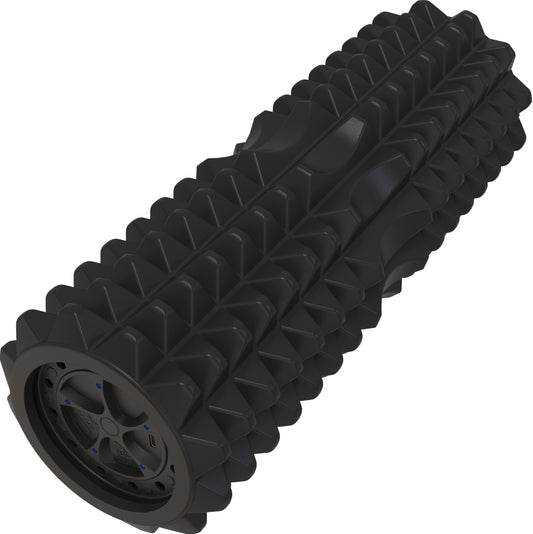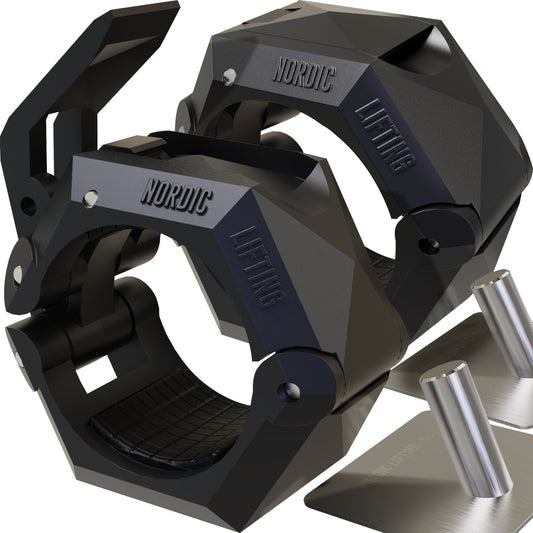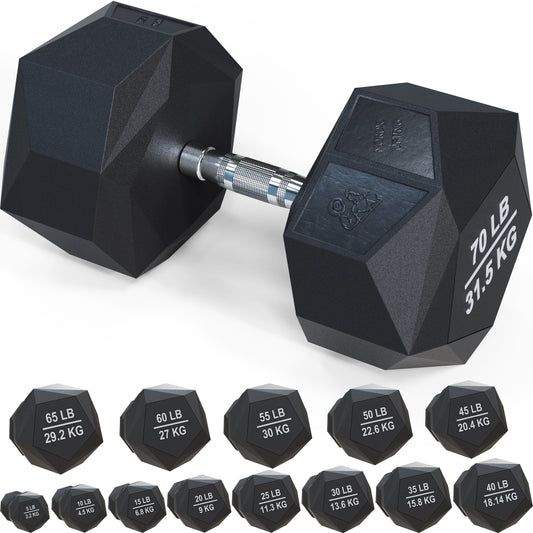
Fitness tracking may seem like an inconvenient task to do, but it is actually a fantastic way to make sure that you are on track. You can’t completely tell that you are on the right path if you’re just assessing your workout results by looking at yourself in the mirror. If you’re guilty of this and you know in your heart that you’re taking this task for granted then it’s not too late to change ways. Here are a few tips to help you track your fitness training progress:
1. Use a weighing scale
It’s very important to know how much you weigh from time to time in order to tell how near or far you are from your fitness goals. However, what you see on a scale shouldn’t only be the determining factor to measure success so you don’t have to fully rely on this alone.
2. Consistency is key
It’s nice to have a scale around to know where you stand (weight wise) but it’s also important to make sure that you’re doing it in a consistent and timely manner. Stick to a schedule and pick a particular time of the day to weigh yourself. Rember that your body weight fluctuates throughout the day so it’s best not to do it after eating and drinking. The majority of people do it after waking up and before sleeping so if that works for them then that could work for you too.
3. Don’t hesitate to take pictures
Don’t hesitate to snap photos of yourself or have someone take them for you from different angles. This will allow you to see the progress that you’ve made so far.
If the results are promising then keep going until you reach all your fitness goals. On the other hand, if you’re not happy with the results then take some time out to assess your previous workouts, diet and lifestyle and try to figure out what went wrong. Maybe you’re overtraining or undertraining yourself or you’re probably not exercising with proper form or even not getting enough sleep to power through your workouts. There are a lot of factors to consider but once you have an idea of what is hindering and holding you back then do your best to make it right.
4. Take advantage of that tape measure
You don’t have to rely on a scale alone to measure and track your fitness progress. You should also learn how to use a tape measure or have someone measure those numbers for you.
The sad truth is that the numbers on the scale can be deceiving at times since it measures everything. This is the reason why it can be pretty difficult to distinguish if you’re really losing or gaining weight or determine if those new numbers on that scale are probably due to water loss or water retention.
Using a tape measure will help you better track your progress on different areas of your body and determine which specific body parts you are losing fat and gaining muscle.
5. Use fitness apps or write everything down
We live in a day and age where the number of fitness tracking application users are rising. If you haven’t joined the bandwagon yet then it’s about time that you do so. However, if you prefer a more old-fashioned approach then go ahead and write down every important fitness-related information you can think of (BMI, weight, measurements, workout reps, training speed, exercise intensity, food you consume, hours of sleep, deloading days, gym accessories used, etc.)
There you have it. These are some tips to help you track your fitness training progress. Don’t forget to make it a habit to track everything down so that you’ll have a comprehensive snapshot of your progress over time.







